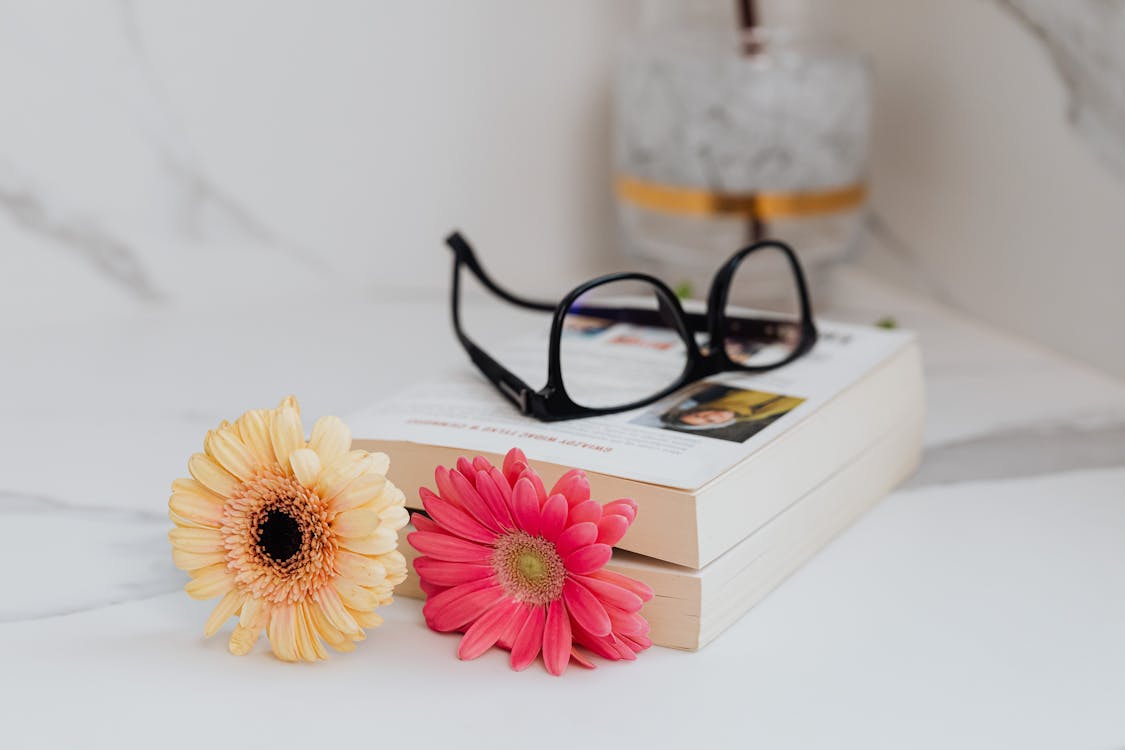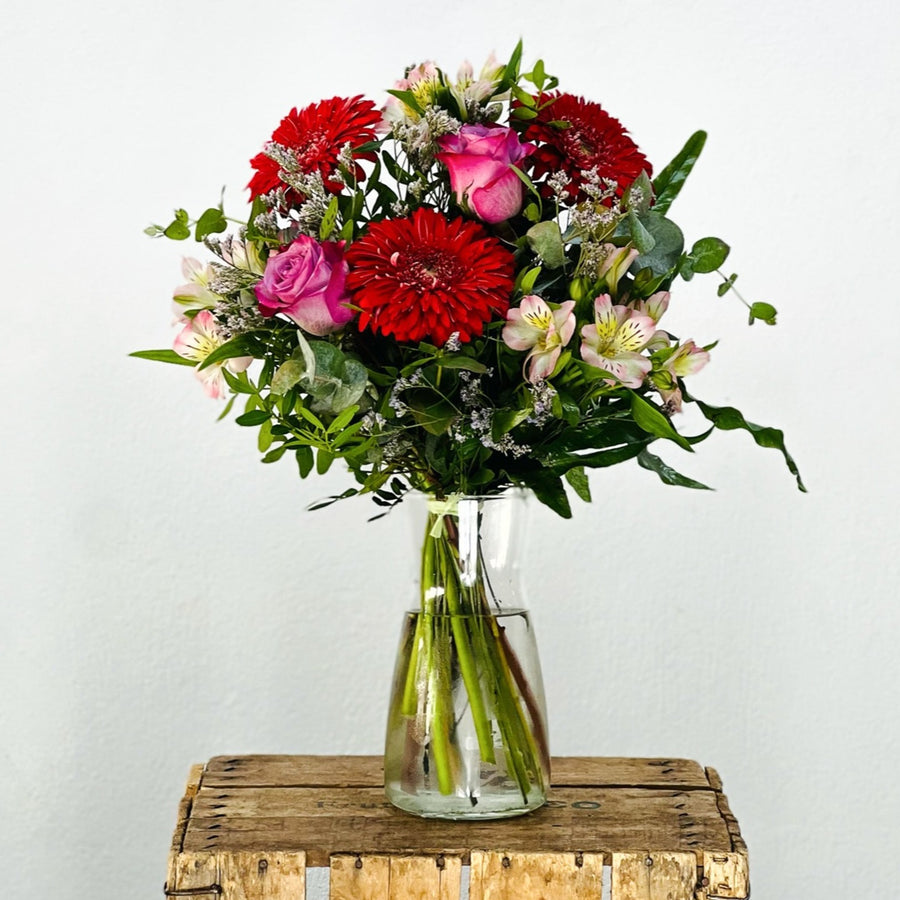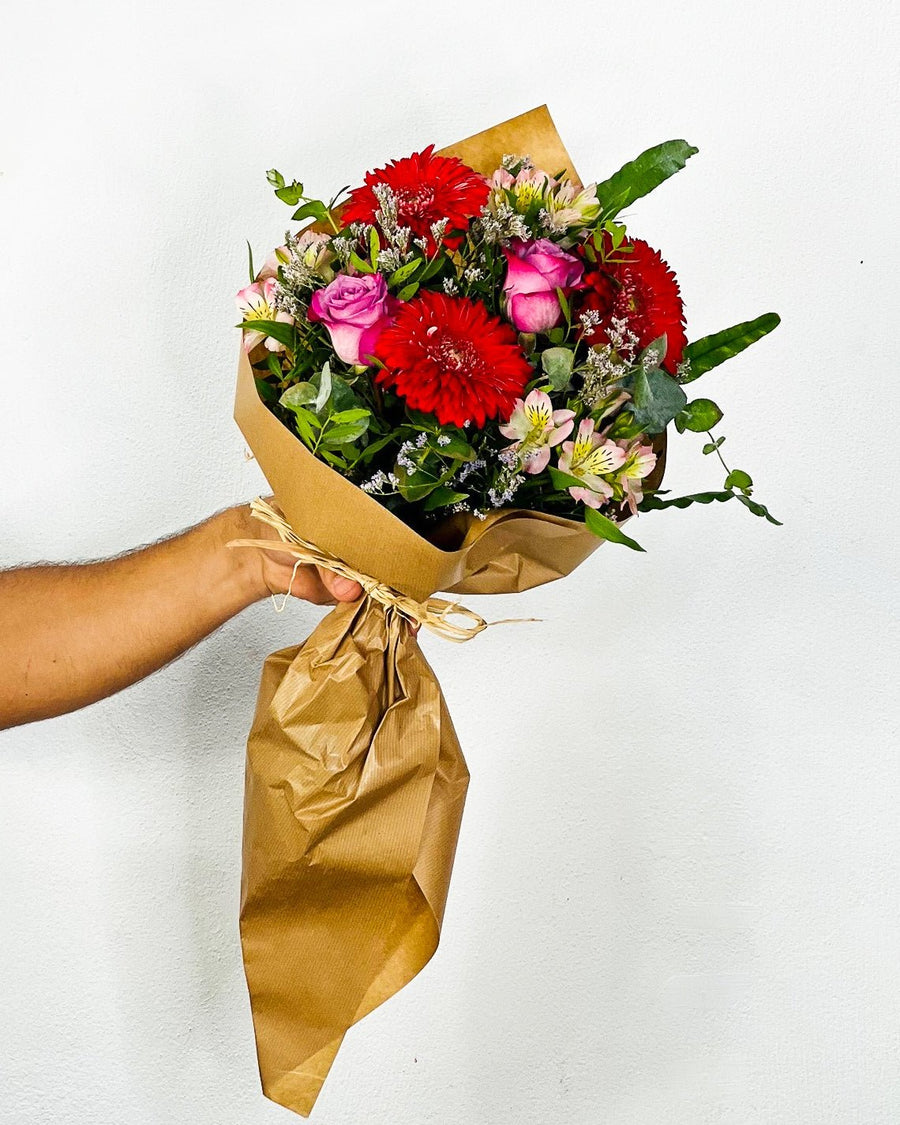Gerberas
Gerberas, also known as African daisies, are one of the most charming and versatile plants in the world of gardening and floral decoration. With unique beauty and a wide variety of colors, these flowers have earned a special place in the hearts of garden lovers and flower arrangement designers alike. Gerberas are not just a flower, they are a plant that arouses admiration in any botanical enthusiast and that can completely transform the aesthetics of a space.
In this comprehensive glossary, we will explore everything related to gerberas, from their history and botanical characteristics to gerbera care and the many ways these plants can enrich our lives. Immerse yourself in the magical world of gerberas and discover why they are much more than just a flower.

Origin and History of Gerberas
Gerberas, commonly known as African daisies, have transcended borders and have become an iconic plant in homes and gardens around the world. The history of these flowers dates back to their origin in South Africa, where their botanical roots lie. The gerbera is a plant that has found its way from its origins on the African continent to the gardens of many homes in various parts of the globe.
The most prominent species, Gerbera jamesonii, is responsible for the popularity of gerberas we enjoy today. Originally from South Africa, this plant began to be cultivated in Europe in the 19th century. Over the years, the gerbera has evolved, developing a wide variety of colors and flowering forms, which has contributed to its status as one of the most beloved flower species in gardening and flower arranging.
In this section, we will explore in more detail the history and cultivation of gerberas, as well as their leaves and the flowering process that makes them so special. Also, we will address the care necessary to keep these plants at their peak in our gardens and homes.
Botanical Characteristics of the Gerbera
Gerberas are a botanical wonder that dazzles with their unique appearance and versatility. His physical characteristics are a testament to his attractiveness. Gerbera flowers feature a distinctive structure, with a compound flower head that resembles a daisy, but with a unique twist.
Its petals, mostly oval, exhibit a wide range of colors ranging from white, through pink, red, yellow and orange, to vibrant purple. In addition, gerberas can vary in size, from small flowers of approximately 7 cm to imposing specimens of 12 cm or more.
Gerbera structure

The structure of the gerbera flower is made up of a central disc surrounded by a layer of petals that can be single or double. These petals are usually soft to the touch and have a velvety texture.
Gerbera leaves are deeply lobed and toothed, and are usually bright green. In this section, we will explore in detail these botanical characteristics that make gerberas so exceptional and attractive to lovers of gardening and floral decoration.
Care and Cultivation of Gerberas
Proper care and cultivation of gerberas is essential to enjoy their beauty and prolong their life in gardens and floral arrangements. To do this, it is crucial to understand your specific requirements. Gerberas thrive in locations that offer a generous amount of direct sunlight.
Well-drained soil is essential, as these plants are sensitive to excess moisture. Regarding temperature, gerberas prefer warm and moderate climates, avoiding frost.
The cultivation and propagation of gerberas can be achieved through cuttings or seeds. Each method has its own particularities and development times. Additionally, in this section we will provide practical advice for caring for gerberas in gardens and in floral arrangements, including aspects such as watering, pruning, and preventing pests and diseases.
Keeping these beautiful flowers, like the African daisy, at their peak will require attention and care at home, and here you will find all the information you need to do this successfully.
Uses and Meaning of Gerberas

Gerberas, in addition to their amazing beauty, carry with them symbolic and emotional meaning which varies depending on the color of the flower and regional beliefs. In different cultures, gerberas are considered carriers of feelings and emotions. For example, red gerberas are often associated with love and passion, while yellow gerberas symbolize friendship and joy. We will explore these interpretations and others, as well as their relevance in rituals and emotional expressions.
Additionally, gerberas are widely used in interior decoration and special events. Their varied color palette and ability to adapt to different decorating styles make them a popular choice for beautifying homes, weddings, parties and other celebrations.
Conclusion
In creating a beautiful bouquet, gerberas can pair charmingly with various other flowers to add an extra dimension of beauty and meaning. Three types of flowers that complement wonderfully with gerberas in a bouquet are: roses, lilies and daisies.
-
while lilies instill a sense of majesty and fragrance.
-
Daisies, for their part, add simplicity and freshness to the arrangement.
Mixing these floral elements creates a vibrant, balanced bouquet that can express a wide range of emotions, from love and joy to gratitude and friendship.

